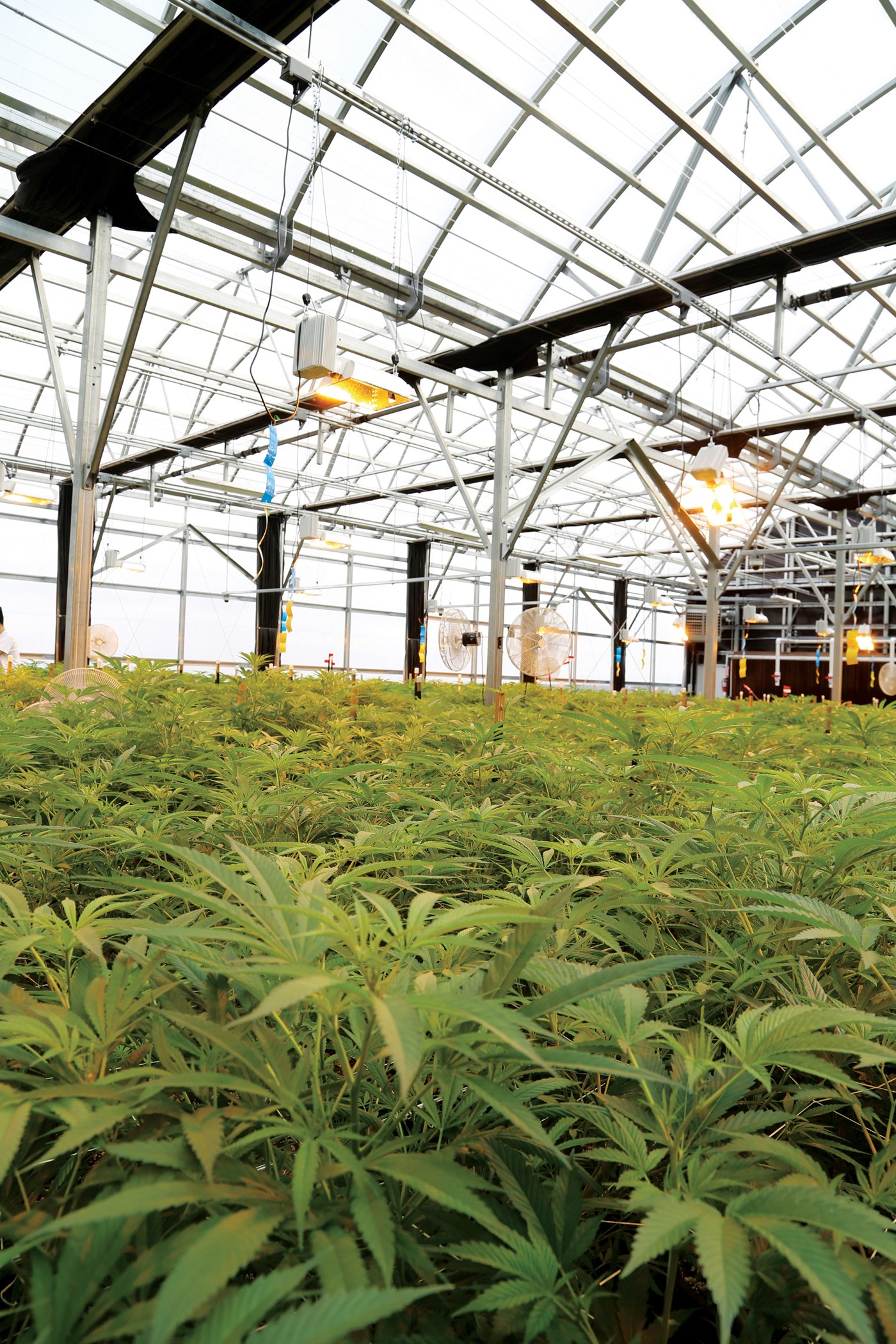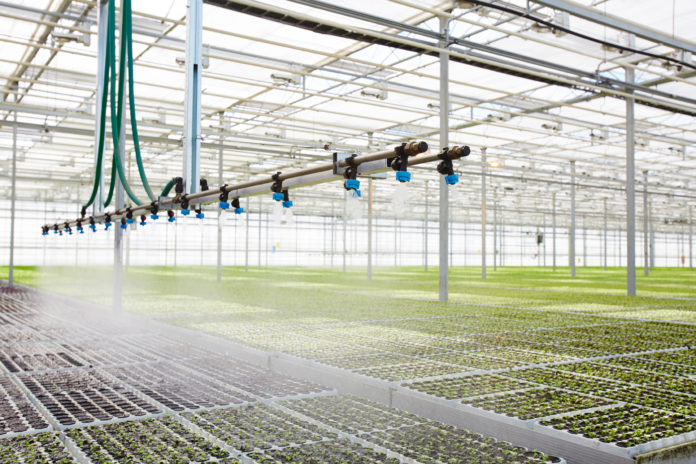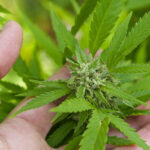If you haven’t already, it’s time to integrate an automated fertigation system into your operation. Whether you’re a hydroponic grower or using an irrigation system to hydrate crops, an automated fertigation system will simplify nutrient delivery and give you peace of mind. No matter what size operation you manage, the goal is to lower operating costs while producing premium bud, and automated systems will make achieving that goal easier and more profitable.
By definition
Let’s start with the basics. Fertigation is simply the process of injecting nutrients directly into the water supply. By automating this process, growers can ensure precise nutrient delivery while reducing their operation’s labor requirements. Instead of manually monitoring nutrient delivery, an automated system uses electrical conductivity (EC) and pH sensors to constantly read the water and then make necessary adjustments. Automated systems take all the guesswork out of nutrient management and nearly eliminate human error.
The EC sensor measures nutrient levels and determines when to inject a grower’s nutrient solution into the water. The sensor doesn’t actually measure the amount of nutrients flowing through the water. The more fertilizer in the water supply, the more electricity the water conducts, and the sensor doses the nutrient solution based on that level.
EC sensors ensure the system constantly provides proper nutrient amounts. Obviously, not supplying enough fertilizer can lead to undernourished plants and less-than-ideal buds that won’t sell for top dollar. Providing nutrients at too high a level actually can hinder nutrient absorption or lead to nutrient burn. Nutrient burn is common among overzealous growers or beginners, and it stunts healthy growth and creates dry, brown edges along the leaves. It can quickly turn a beautiful, green crop into a dark-brown mess, and it’s a real tell that a grower doesn’t have a good nutrient management system in place. On top of this, dosing too much nutrient solution is a waste of resources. In an industry where getting the lowest cost per gram is essential, every penny counts.
So, it’s clear why an automated fertigation system monitors EC levels, but what about pH levels? pH, a measurement of water’s acidity, is directly related to nutrient absorption, so it’s essential a fertigation system also monitor and address pH issues. It’s a good idea for growers to research pH absorption charts to get a better feel for how pH directly affects nutrient absorption. When pH levels are too low, iron becomes more available to the crop, and when pH is too high potassium can be absorbed at high rates. For healthy cannabis growth, most growers want to keep pH between 5.5 and 7.0.

Setup and operation
There are a few different setups for automated fertigation systems, but the one that will work best for most growers is a three-bucket setup. With this type of system, growers enter their settings in the fertigator, and the fertigator will pull from the three buckets to make adjustments to the nutrient levels and the pH. Of the three buckets, two will be used for nutrients, while the third will store an acid supplement.
It’s important to dedicate two buckets to nutrients. One can store a solution that provides a wide range of nutrients, but it’s essential to separate out the calcium. When calcium is stored in most nutrient solutions, it reacts with the sulfates and phosphates. This will cause the solution to precipitate out and inevitably damage or clog the system. So, the second nutrient bucket is used to store calcium separately from everything else.
Unfortunately, an automated fertigation system can’t mix and prepare nutrient solutions or acid supplements autonomously, so that chore remains in the hands of the grower. Since most nutrient solutions are highly concentrated, a good average nutrient-to-water ratio is 1-to-100. For the nutrient solution itself, the Hoagland solution is a good starting point for most operations. From there, growers can make the necessary adjustments to best suit their crop. D.R. Hoagland and W.C. Snyder developed the Hoagland formula in 1933 as a hydroponic nutrient solution. Subsequently refined several times, it remains the benchmark for science-based plant growth and is appropriate for a large variety of plant species. Growers may feel safe feeding the Hoagland solution to their plants, because it’s an all-encompassing formula that includes the macro and micro nutrients upon which cannabis crops depend.
Growers have several options when choosing an acid supplement; they’ll need to find the one that works best for them. Most growers opt for sulfuric acid. It’s a good source of sulfur for crops and can address any pH issues within the system. Perhaps the most effective acid is nitric acid, because it allows growers to get the most out of their acid supplement when utilized correctly. However, it is the most concentrated—and therefore hazardous—so it can be difficult to adjust properly. Citric acid is another option, but it probably would be the least desirable for most growers since it is available only in extremely diluted form.
Automated fertigation is massively appealing because it is versatile. A system may be used in operations of any size, on its own or incorporated into larger and more complete environmental control systems. For these reasons, there really is no excuse not to take advantage of the benefits of automated fertigation systems. They’re a clear way to lower operating costs and ensure excellent volume of high-quality, top-shelf buds.
Christopher Machnich is a digital marketing manager for GrowSpan Greenhouse Structures. He is a cannabis industry enthusiast who focuses on greenhouse and hydroponic production, as well as the cultural and economic impact of cannabis legislation. GrowSpan.com










